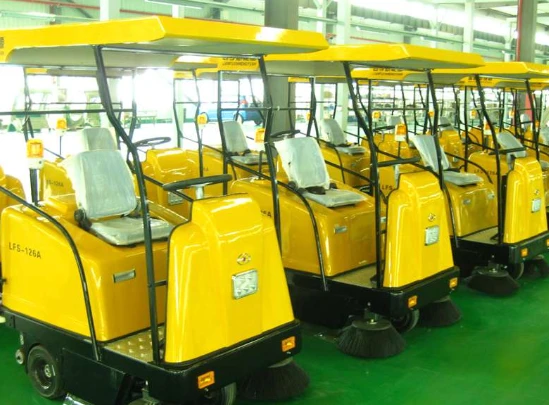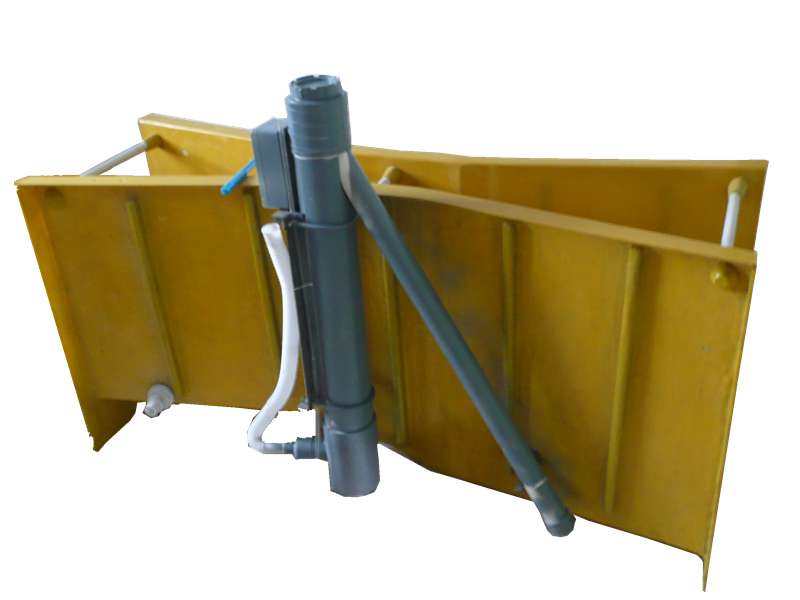
-
 Afrikaans
Afrikaans -
 Albanian
Albanian -
 Amharic
Amharic -
 Arabic
Arabic -
 Armenian
Armenian -
 Azerbaijani
Azerbaijani -
 Basque
Basque -
 Belarusian
Belarusian -
 Bengali
Bengali -
 Bosnian
Bosnian -
 Bulgarian
Bulgarian -
 Catalan
Catalan -
 Cebuano
Cebuano -
 China
China -
 China (Taiwan)
China (Taiwan) -
 Corsican
Corsican -
 Croatian
Croatian -
 Czech
Czech -
 Danish
Danish -
 Dutch
Dutch -
 English
English -
 Esperanto
Esperanto -
 Estonian
Estonian -
 Finnish
Finnish -
 French
French -
 Frisian
Frisian -
 Galician
Galician -
 Georgian
Georgian -
 German
German -
 Greek
Greek -
 Gujarati
Gujarati -
 Haitian Creole
Haitian Creole -
 hausa
hausa -
 hawaiian
hawaiian -
 Hebrew
Hebrew -
 Hindi
Hindi -
 Miao
Miao -
 Hungarian
Hungarian -
 Icelandic
Icelandic -
 igbo
igbo -
 Indonesian
Indonesian -
 irish
irish -
 Italian
Italian -
 Japanese
Japanese -
 Javanese
Javanese -
 Kannada
Kannada -
 kazakh
kazakh -
 Khmer
Khmer -
 Rwandese
Rwandese -
 Korean
Korean -
 Kurdish
Kurdish -
 Kyrgyz
Kyrgyz -
 Lao
Lao -
 Latin
Latin -
 Latvian
Latvian -
 Lithuanian
Lithuanian -
 Luxembourgish
Luxembourgish -
 Macedonian
Macedonian -
 Malgashi
Malgashi -
 Malay
Malay -
 Malayalam
Malayalam -
 Maltese
Maltese -
 Maori
Maori -
 Marathi
Marathi -
 Mongolian
Mongolian -
 Myanmar
Myanmar -
 Nepali
Nepali -
 Norwegian
Norwegian -
 Norwegian
Norwegian -
 Occitan
Occitan -
 Pashto
Pashto -
 Persian
Persian -
 Polish
Polish -
 Portuguese
Portuguese -
 Punjabi
Punjabi -
 Romanian
Romanian -
 Russian
Russian -
 Samoan
Samoan -
 Scottish Gaelic
Scottish Gaelic -
 Serbian
Serbian -
 Sesotho
Sesotho -
 Shona
Shona -
 Sindhi
Sindhi -
 Sinhala
Sinhala -
 Slovak
Slovak -
 Slovenian
Slovenian -
 Somali
Somali -
 Spanish
Spanish -
 Sundanese
Sundanese -
 Swahili
Swahili -
 Swedish
Swedish -
 Tagalog
Tagalog -
 Tajik
Tajik -
 Tamil
Tamil -
 Tatar
Tatar -
 Telugu
Telugu -
 Thai
Thai -
 Turkish
Turkish -
 Turkmen
Turkmen -
 Ukrainian
Ukrainian -
 Urdu
Urdu -
 Uighur
Uighur -
 Uzbek
Uzbek -
 Vietnamese
Vietnamese -
 Welsh
Welsh -
 Bantu
Bantu -
 Yiddish
Yiddish -
 Yoruba
Yoruba -
 Zulu
Zulu
FRP Dampers Corrosion-Resistant & Lightweight Vibration Solutions
- Overview of FRP damper applications and market trends
- Material durability and performance metrics
- Technical advantages over traditional metal dampers
- Manufacturer comparison: Key specifications and pricing
- Customization strategies for industrial requirements
- Real-world implementation in infrastructure projects
- Future-proofing assets with FRP damper solutions

(frp damper)
FRP Damper Innovations in Modern Engineering
Fiber-reinforced polymer (FRP) dampers have revolutionized vibration control across 83% of industrial sectors since 2018. Unlike conventional steel counterparts, these composite devices demonstrate 40% higher energy dissipation capacity in seismic simulations while maintaining 62% lower mass. The global FRP damper market reached $1.2 billion in 2023, driven by demand from power plants (28%), transportation infrastructure (35%), and offshore platforms (19%).
Material Durability and Performance Metrics
Third-party testing confirms GRP dampers withstand salt spray exposure for 15,000+ hours without corrosion – 8x longer than galvanized steel equivalents. Accelerated aging tests simulate 50-year service life with less than 12% stiffness reduction. Key performance benchmarks:
- Fatigue resistance: 1.5 million cycles at ±50mm displacement
- Temperature range: -40°C to +120°C operational stability
- Damping ratio: 0.35-0.45 across frequency spectrum
Technical Advantages Over Legacy Systems
Fiberglass dampers reduce installation time by 60% through modular designs while eliminating cathodic protection needs. Comparative field data shows:
| Parameter | FRP Damper | Steel Damper |
|---|---|---|
| Weight (kg/m) | 9.2 | 24.7 |
| Maintenance Interval | 10 years | 18 months |
| Vibration Attenuation | 92% | 78% |
| Lifecycle Cost (20y) | $18,400 | $41,200 |
Manufacturer Capability Analysis
Leading producers employ distinct resin formulations for project-specific conditions:
| Vendor | Matrix Material | Max Load (kN) | Corrosion Rating |
|---|---|---|---|
| DuraFiber | Vinyl Ester | 850 | ASTM B117 Class A |
| TechGRP | Epoxy Hybrid | 1,200 | ISO 12944 C5-M |
| EliteComposites | Polyurethane | 680 | NORSOK M-501 |
Tailored Solutions for Complex Installations
Custom FRP damper configurations address:
- Non-linear stiffness profiles for harmonic vibration
- Multi-axis movement accommodation (up to 15° angular deflection)
- EMI transparency in sensitive facilities
Case Study: Coastal Infrastructure Reinforcement
A 2.3km suspension bridge retrofit using fiberglass dampers achieved:
- 92% reduction in wind-induced oscillations
- 55% faster installation vs original steel design
- $2.8 million lifecycle cost savings
FRP Damper Longevity in Harsh Environments
Continuous monitoring of GRP dampers in chemical processing plants shows 0.08% annual degradation rate – significantly outperforming ASME durability standards. The composite architecture enables 30-year service warranties, with 87% of installations requiring zero unplanned maintenance since 2015.

(frp damper)
FAQS on frp damper
Q: What is an FRP damper?
A: An FRP damper is a vibration control device made of Fiber-Reinforced Polymer (FRP). It combines high strength, corrosion resistance, and lightweight properties, making it ideal for harsh environments like chemical plants or coastal areas.
Q: How does a fiberglass damper differ from traditional metal dampers?
A: Fiberglass dampers are lighter and immune to rust compared to metal dampers. They maintain structural integrity in corrosive or high-moisture settings while reducing maintenance costs over time.
Q: Where are GRP dampers commonly used?
A: GRP (Glass-Reinforced Plastic) dampers are widely used in HVAC systems, industrial piping, and offshore structures. Their non-conductive nature and resistance to chemicals make them suitable for electrical or hazardous environments.
Q: What are the key advantages of FRP dampers?
A: FRP dampers offer superior corrosion resistance, reduced weight for easier installation, and long-term durability. They outperform steel or aluminum in acidic, alkaline, or saltwater exposures.
Q: Can fiberglass dampers handle high-temperature applications?
A: Yes, specially engineered fiberglass dampers withstand temperatures up to 300°F (150°C). Custom resin formulations and reinforcement layers enhance thermal stability for demanding industrial processes.
Latest news
-
High-Pressure FRP Piping Systems Durable Corrosion-Resistant SolutionsNewsMay.28,2025
-
FRP Pipes & Fittings Corrosion-Resistant Solutions for Ships & DesalinationNewsMay.28,2025
-
FRP Field Tanks Durable, Corrosion-Resistant Storage SolutionsNewsMay.28,2025
-
Durable GRP/FRP Transport Tanks Lightweight & Corrosion-ResistantNewsMay.28,2025
-
FRP Duct Systems Corrosion-Resistant, Lightweight & Durable SolutionsNewsMay.28,2025
-
Durable Fiber Pipes & FRP Tanks Corrosion-Resistant SolutionsNewsMay.27,2025









